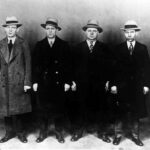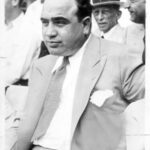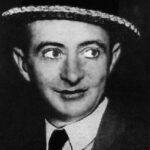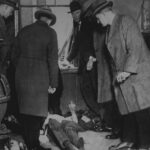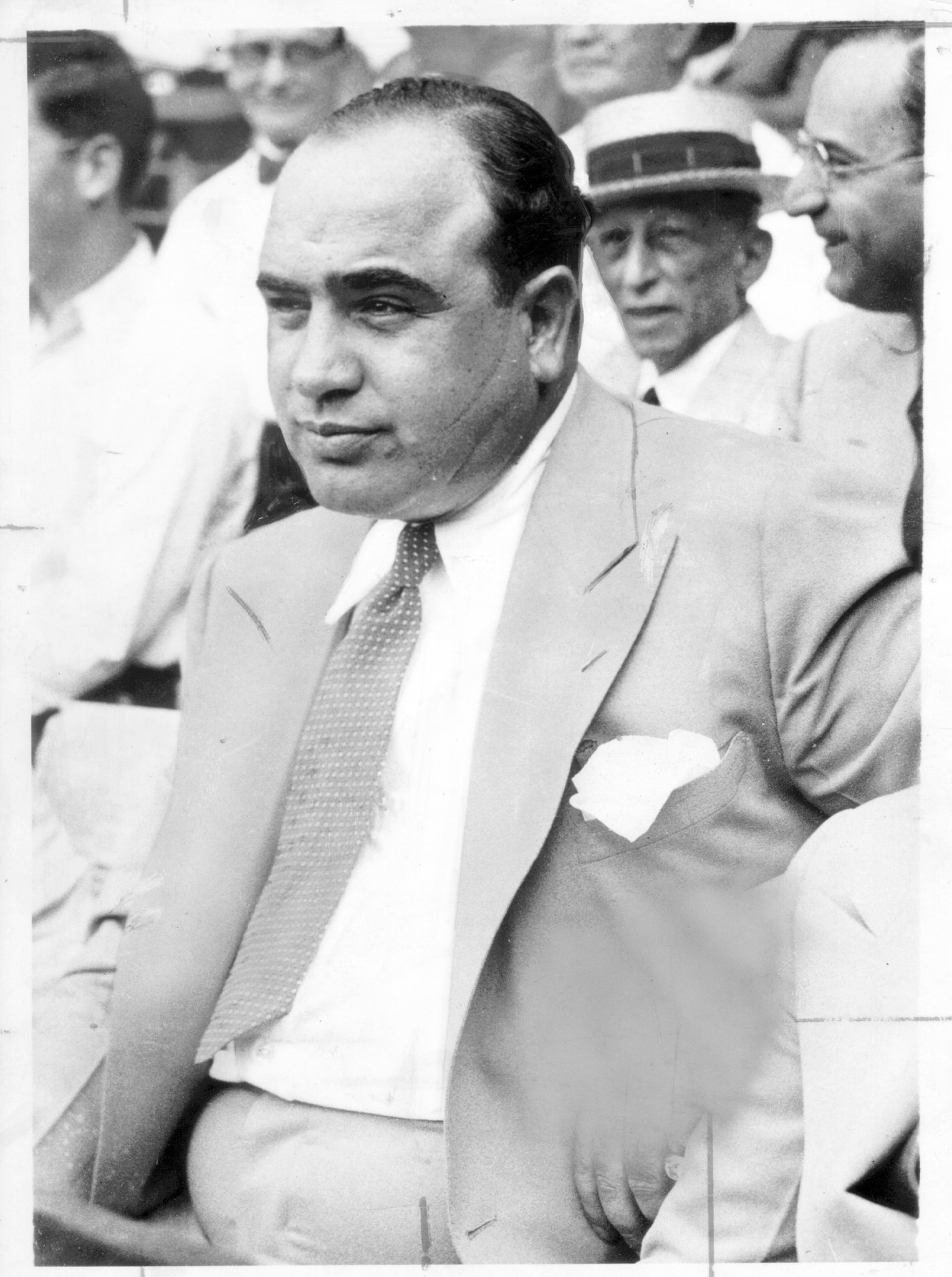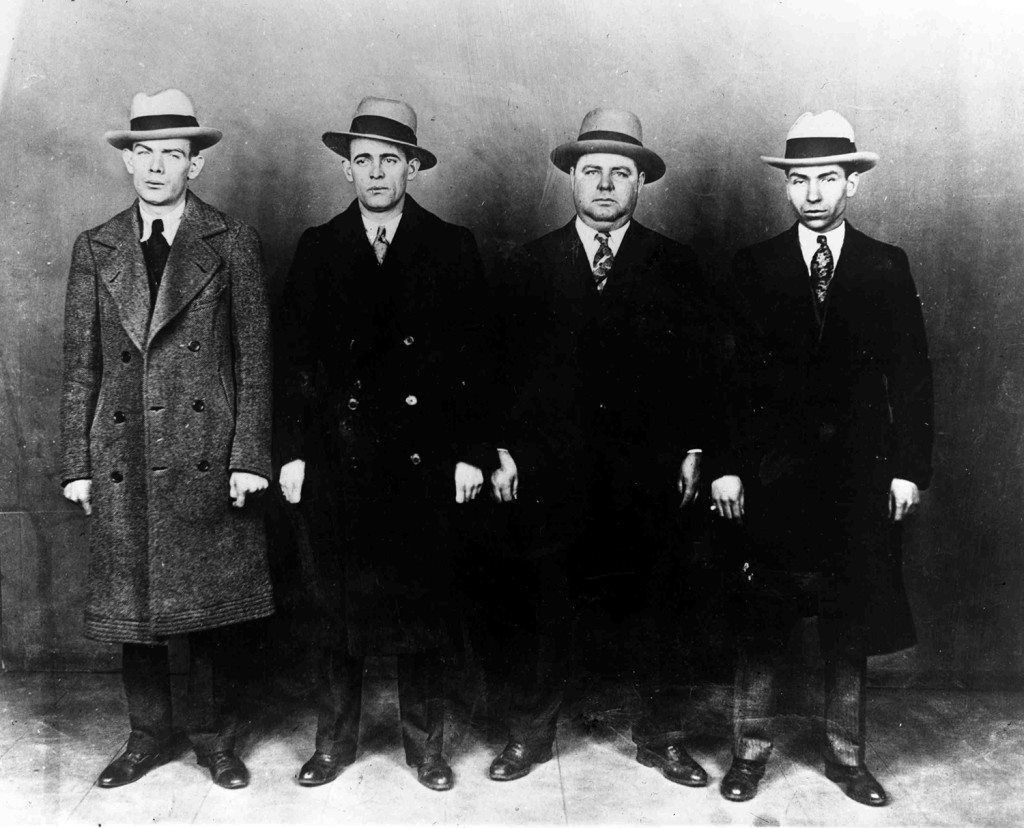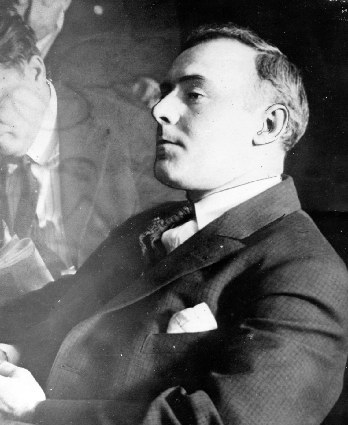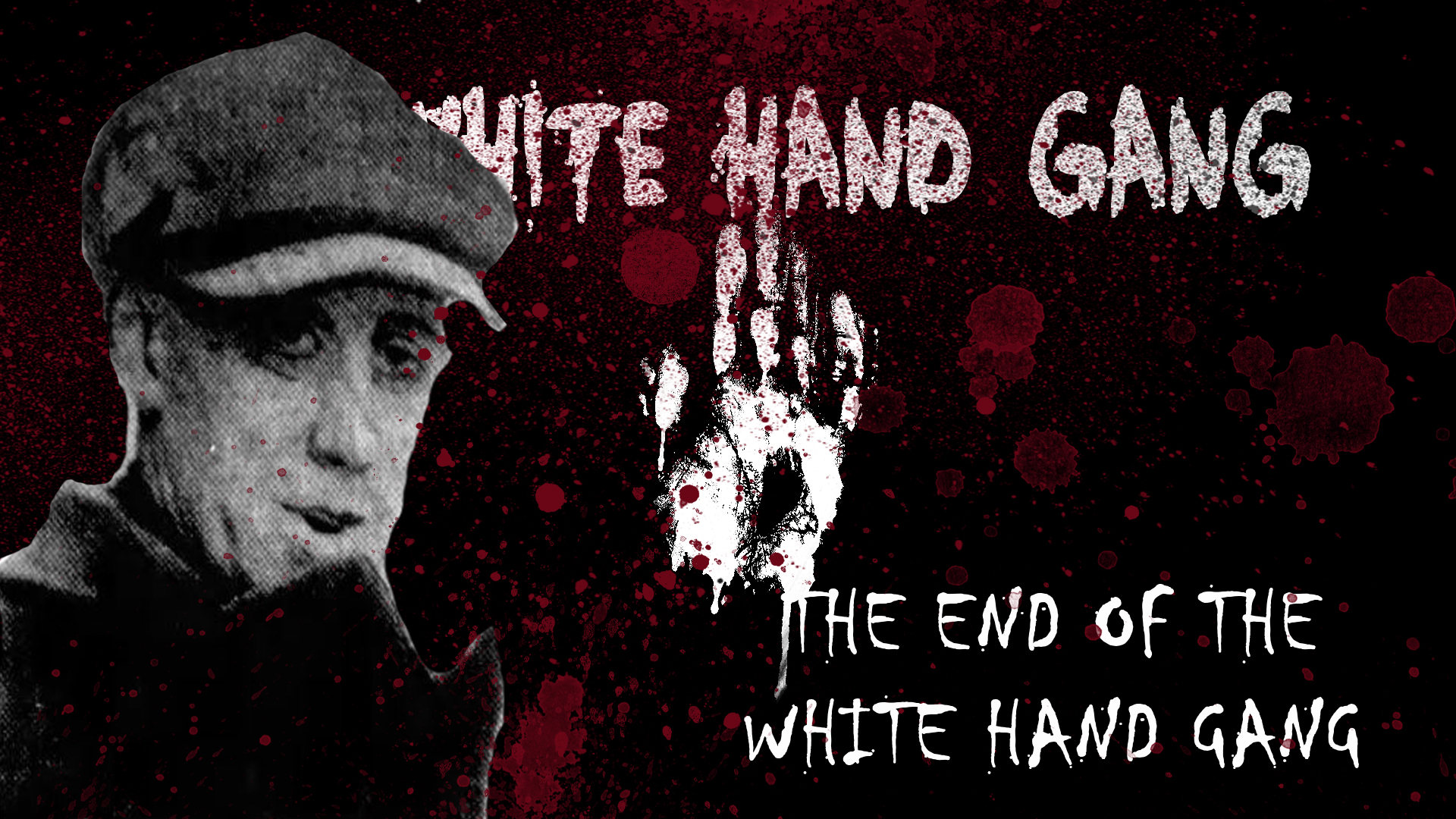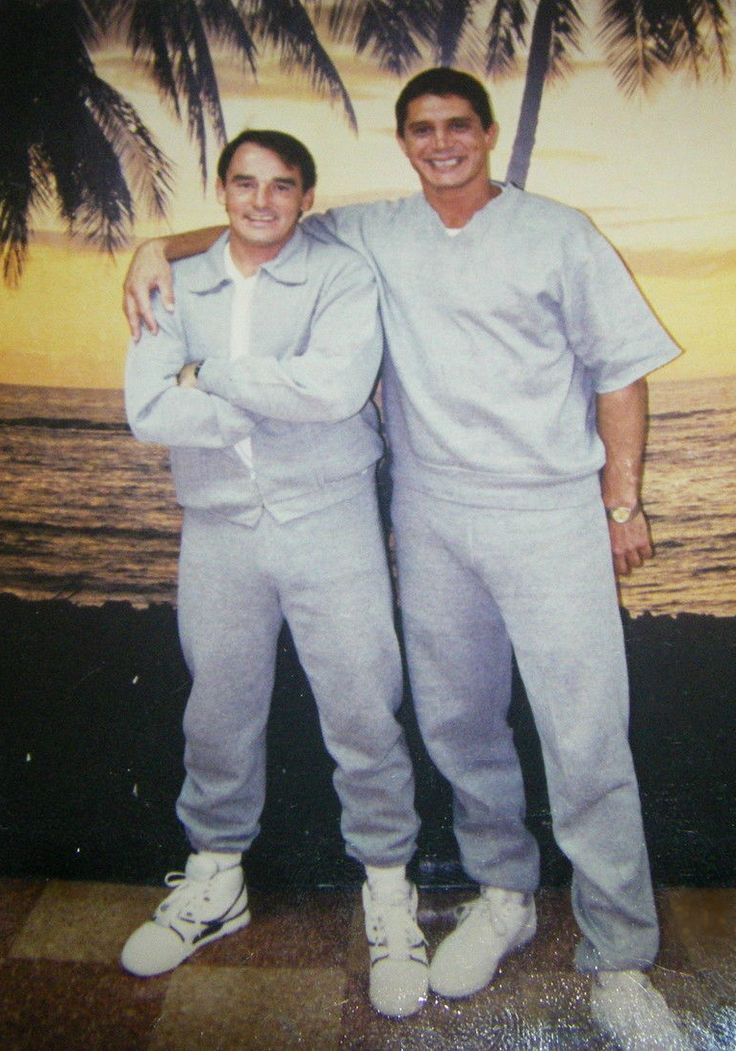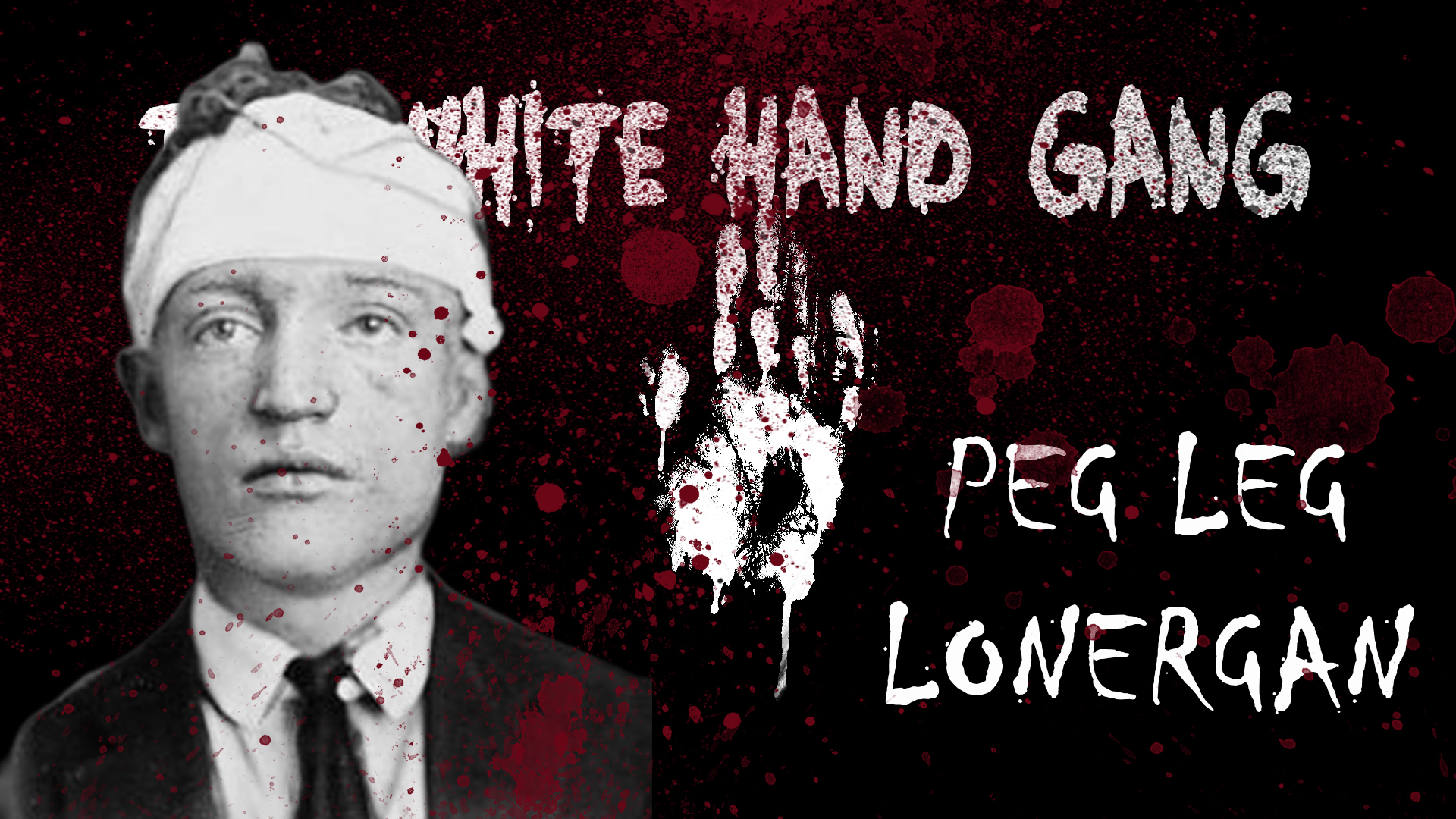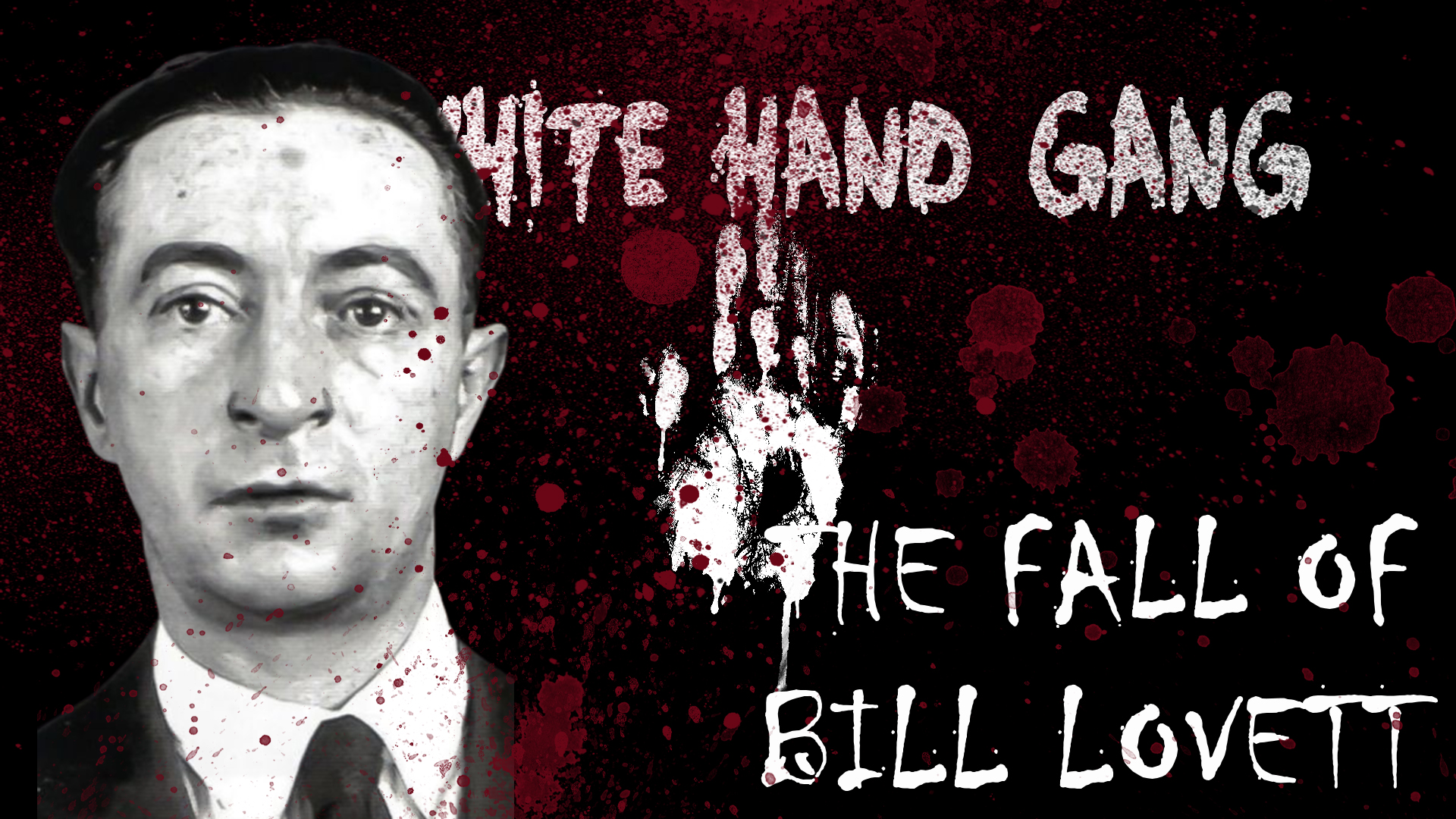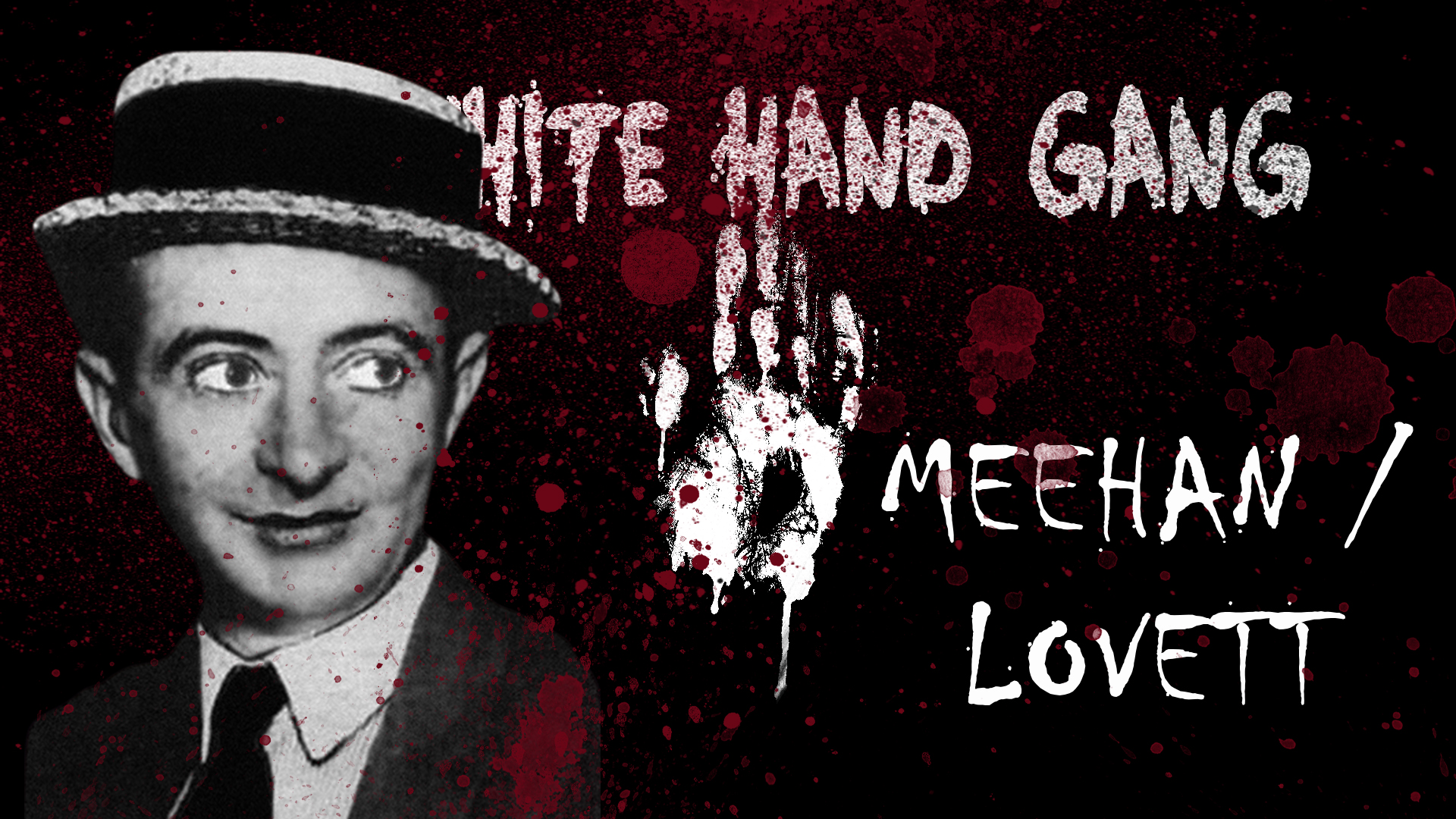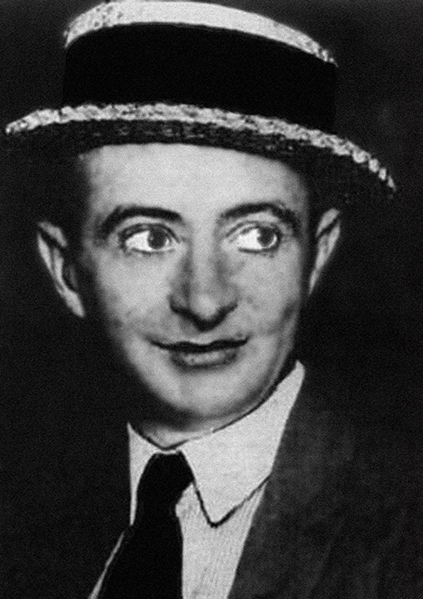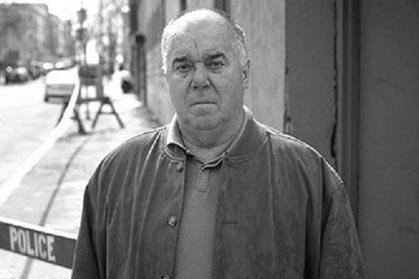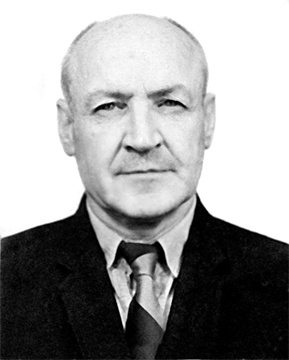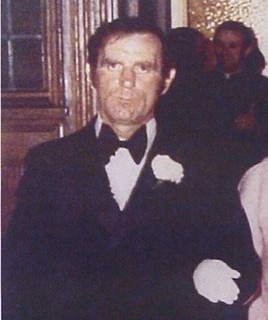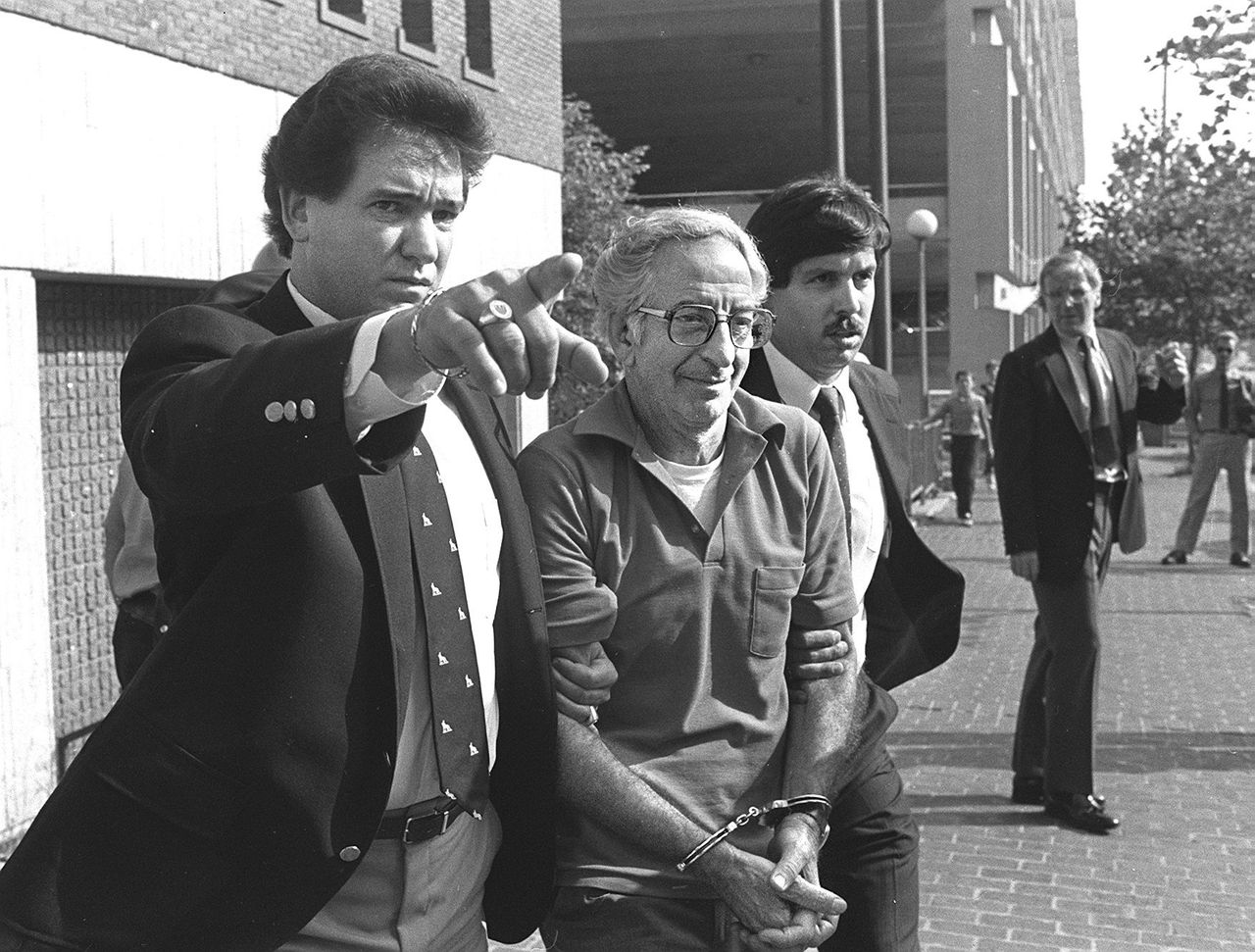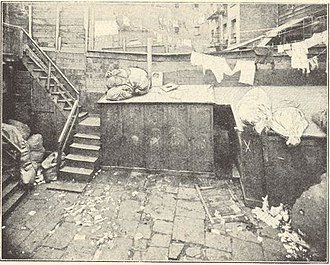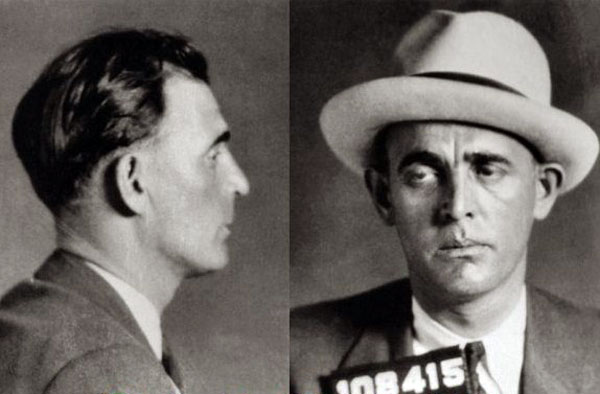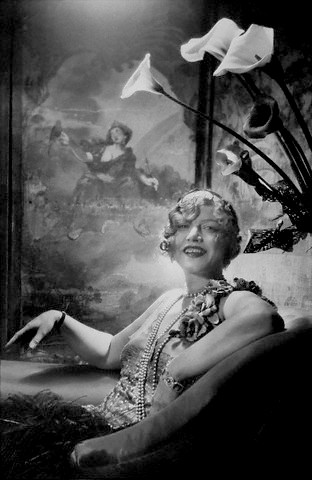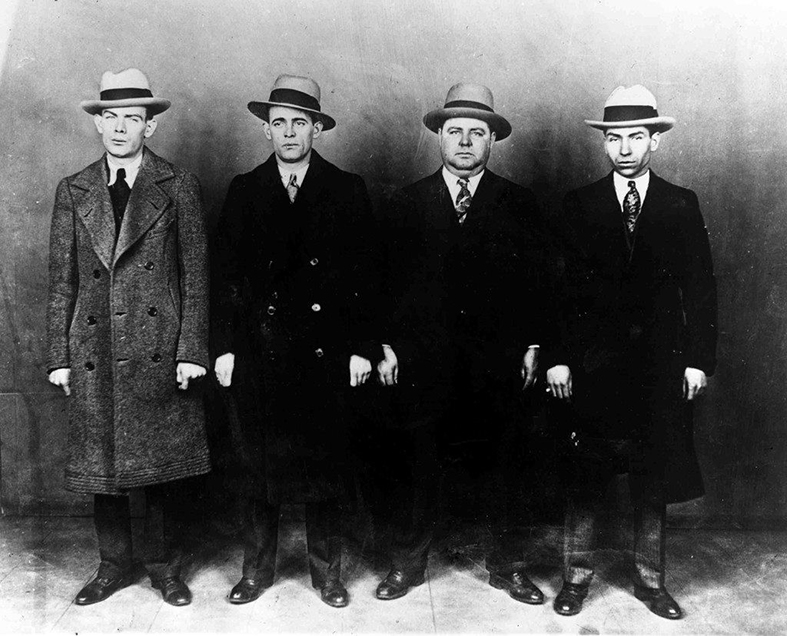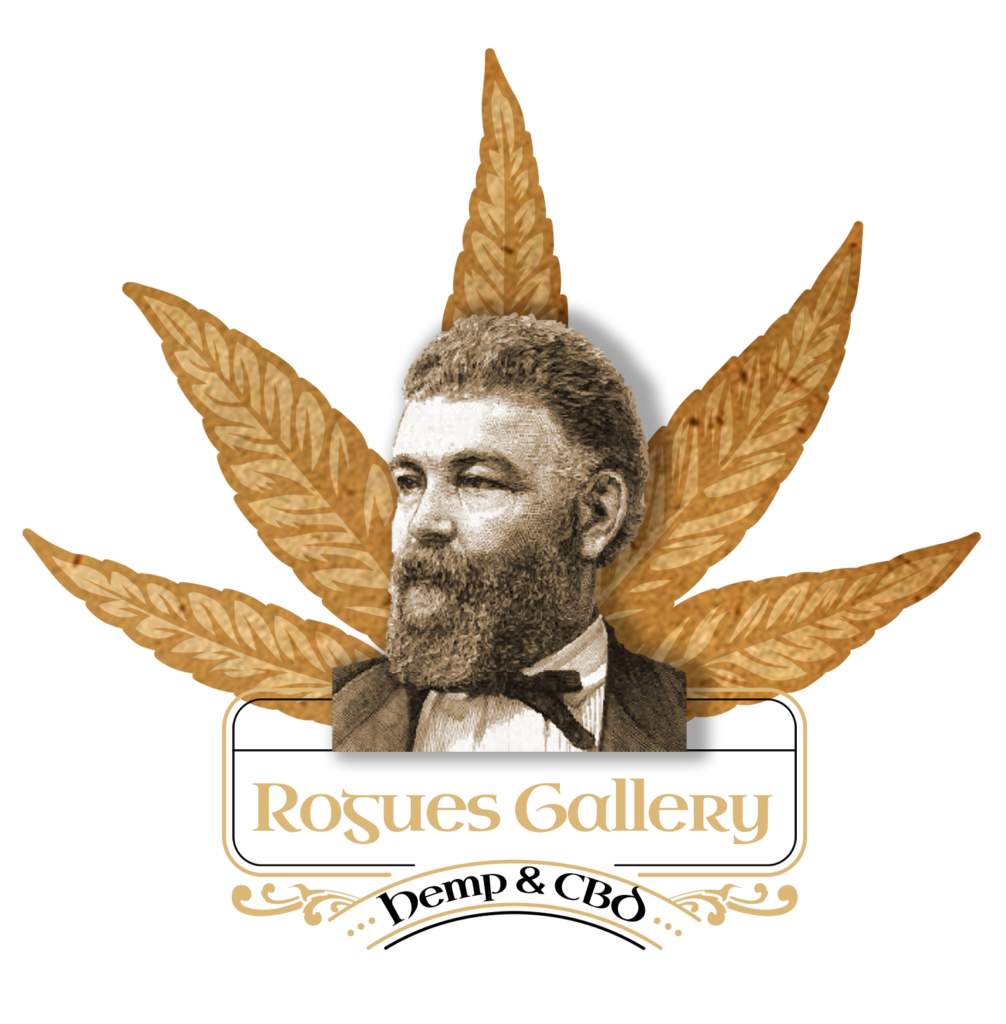John Allen, also known as E.E. Van Allen or “The Allen” was a notorious underworld gangster and who owned a saloon on Water Street in early New York. Born in Syracuse in New York to well to do & deeply religious parents in 1823, he was one of nine children.
Two of his brothers would become Presbyterian preachers and another brother would become a Baptist minister, John Allen himself would also attend the Union Theological Seminary. The rest of the Allen brothers became criminals in New York City, his brother Theodore being probably the best known at the time. Sometime in 1850, John Allen decided that religion wasn’t for him and went to New York City to join his brothers in their criminal ways.
Around 1855 John Allen met a woman who he would marry, “Little Susie”, Little Susie was a lush worker, a lush worker was someone who would flirt with drunken men and then rob them, rolling drunks was another name for it. John Allen and his wife Susie moved to the Fourth Ward, an infamous section of Lower Manhattan. John Allen himself would take a job as a crimp or shanghaier, he would lure men into bars where they would be given alcohol laced with knockout drops, robbed and when the victim would wake up later they would find themselves far out to sea working on a boat heading to far off lands.
John Allen himself became a victim to this himself, he was drinking with his employer one evening, when he woke up much later on a boat heading to South America. It took Allen six months to get back to New York, soon after his arrival back to New York, his former employer was found beaten to death, although there was no evidence to connect him to the murder, he would remain a chief suspect.
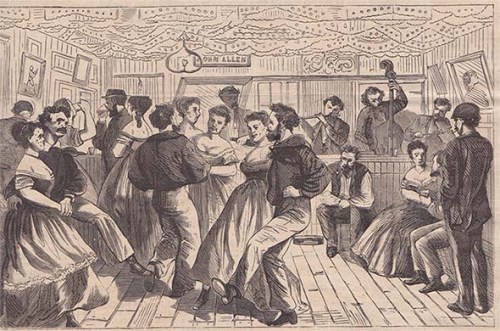
Allen and his wife opened a saloon & dance hall at 304 Water Street, it also doubled as a brothel. As a house of disrepute and disorder it wasnt uncommon for all kinds of depravity to take place there. Over time it became the favorite hangout of criminals & gangsters from the Fourth Ward, his saloon would become so popular that by 1860 he had amassed a fortune of 100.000. His dance hall and saloon would become the template for many saloons that would open around the city like Billy McGlory’s Armory Hall, the Haymarket & Paresis Hall.
Even though Allen was involved with crime such as theft, prostitution & murder, he remained a religious man, gathering his employees 3 days a week at noon for prayers before opening the saloon at 1 pm. On gala nights in the dance hall John Allen himself would hand out bibles and other religious literature to customers as souvenirs, he kept all kinds of religious literature around the bar, dance hall and even the cubicles. Allen would often lead his customers and employees in a sing song, mainly There is Rest for the Weary.
Allens dance hall and saloon would receive a considerable amount of attention from newspapers and magazines, one journalist Oliver Dyer was particularly fascinated with Allen, Dyer would give him the title of The Wickedest Man in New York. The New York Times reported on the 18th October 1868 that Allen and his wife were arrested for the robbery of a customer who had given $5 “for the good of the house” only to find the next morning he had been robbed of $15 during the night.
Another group who gave Allen particular attention were religious people, mainly Reverend A.C. Arnold, founder of the Howard Mission. On the 25th May 1868 the Reverend and six clergymen along with a dozen followers made their way to Allens dance hall only to find him in a drunken state and unable to to refuse their requests to hold a prayer meeting in the saloon, which went on from midnight to 4 am. This incident was covered by the press and for months after other ministers and curious people came to the saloon, this caused Allens customers to stop coming to the bar and Allen start losing money.
But the prayer meetings kept happening, usually whenever Allen was drunk and in no state to refuse, eventually in August 1868 Allens saloon closed for the first time in 17 years. The Reverend and his supporters claimed that Allen had reformed, converted and renounced his former life, the prayer meetings continued and then the Reverend targeted Allens competitors, other saloon keepers in what became known as the Water Street Revival. Though none of the saloon keepers, except Allen ever attended prayer meetings they did allow their names to be mentioned in them and that they had renounced their lives of crime.
However, not everyone was convinced, the New York Times & New York World both had investigations and discovered that the Reverend had been paying Allen $350 a month to use the hall, though the agreement was that Allen said they could use the hall for free and he would sing hymns. The reports devastated the Water Front Revival and seriously damaged the preachers standing, due to the dishonesty of the campaign. The Water Street Revival faded away and the saloon keepers returned to their criminal ways.
John Allen’s reputation never fully recovered and he faded away, as previously mentioned his last public appearance in the Tombs Prison Courts, charged but not sentenced for robbing a customer. He died in Perth, New York in 1870
Sources:
Herbert Asbury – The Gangs of New York
Herbert Asbury – All Around The Town
New York Times


